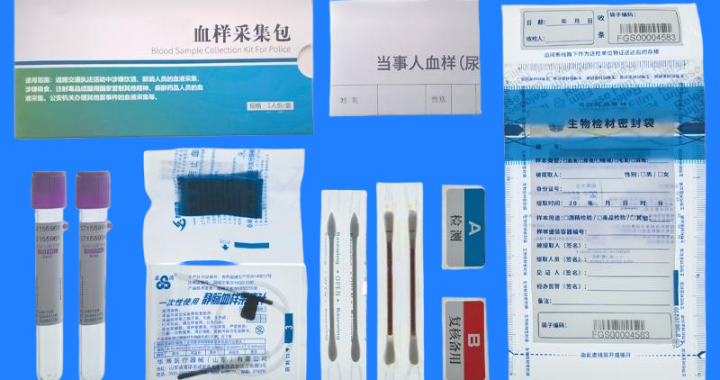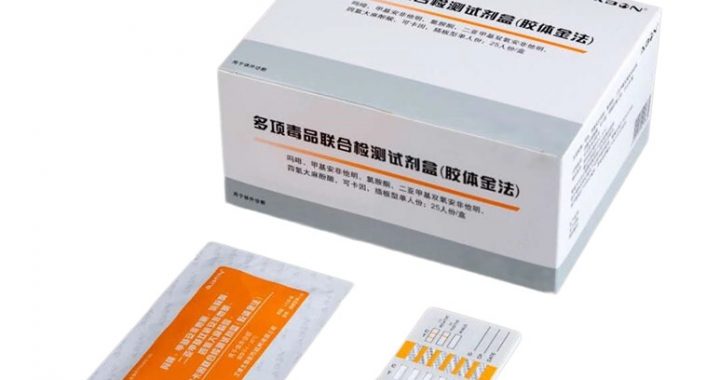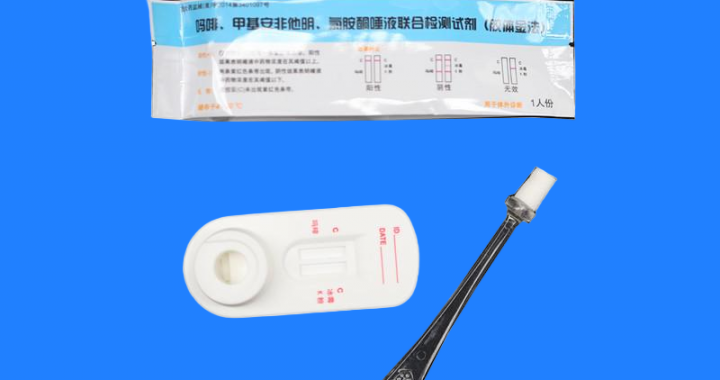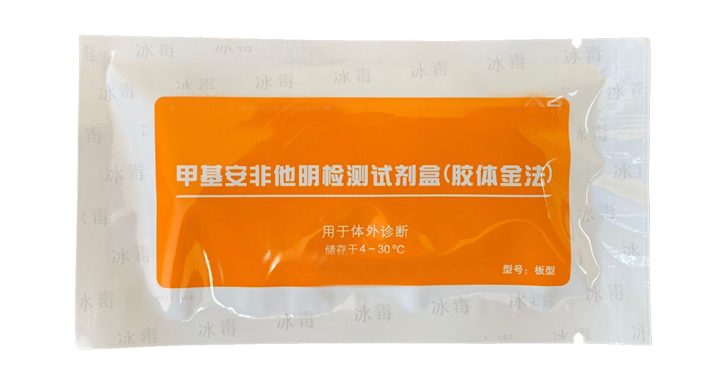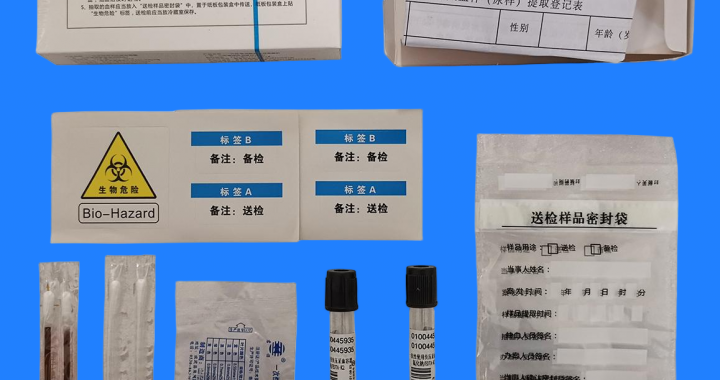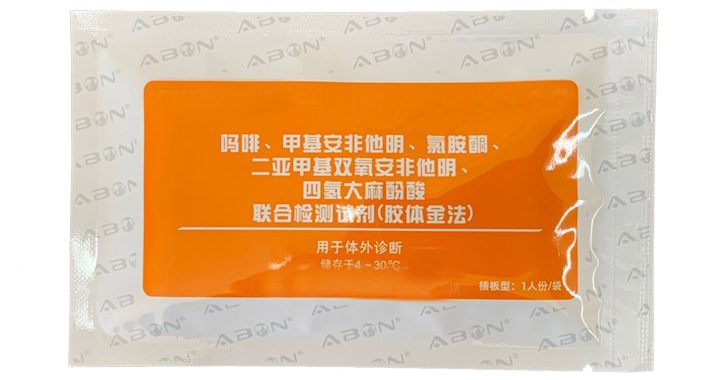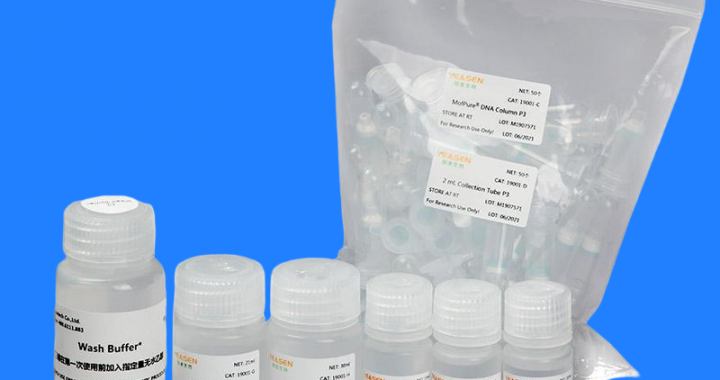Modern police drug testing equipment is evolving to meet higher accuracy, speed, and operational efficiency demands. Key trends include portable high-throughput devices, AI-assisted analysis, multi-drug detection capability, and real-time data connectivity. Equipment upgrades focus on improving sensitivity, reducing false positives, and enhancing user-friendly interfaces for field officers. Integration with centralized databases and mobile platforms streamlines reporting and evidence management. These innovations support law enforcement, forensic investigations, and regulatory compliance by enabling faster, reliable, and legally defensible on-site drug detection.
Features:
-
Portable, high-throughput, and multi-drug detection
-
AI-assisted analysis for improved accuracy
-
Real-time data connectivity and reporting
-
User-friendly interfaces for field operations
Scope / Applications:
-
Law enforcement and roadside screening
-
Forensic investigations and laboratory confirmation
-
Regulatory compliance and evidence management
-
Workflow optimization for field and lab testing
